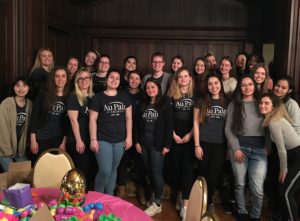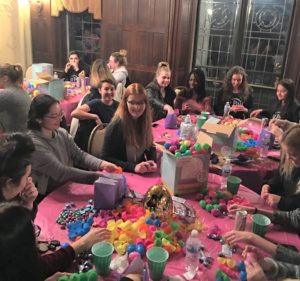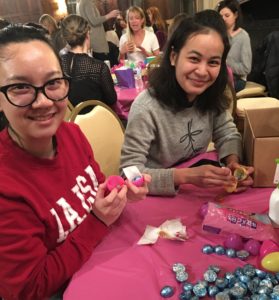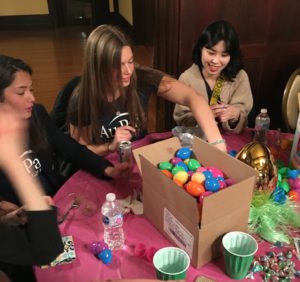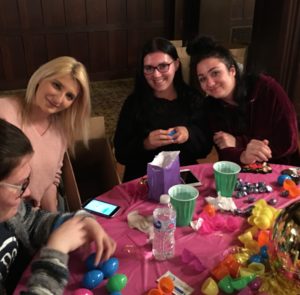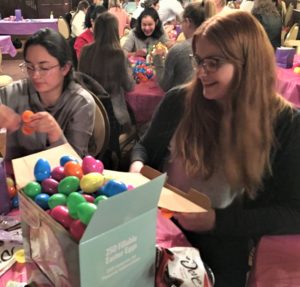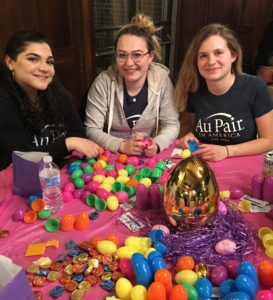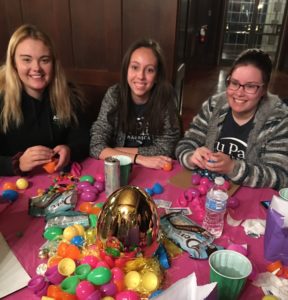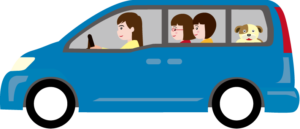 Driving with kids in the car can be particularly distracting especially if there is crying, whining, or some other issue that warrants attention. It is hard to ignore children who want attention, but when you are driving you need to remain focused on DRIVING!
Driving with kids in the car can be particularly distracting especially if there is crying, whining, or some other issue that warrants attention. It is hard to ignore children who want attention, but when you are driving you need to remain focused on DRIVING!
- Be prepared. Before you put the kids in the car, make sure you have items that they may need easily on hand or within reach. For babies, plan to feed them before you depart– eating in the car may not be the best practice due to your limited ability to react to choking or spills. For older kids, put snacks, drinks and toys within easy reach. In all cases, make sure that any heavier items such as video games or larger books have a place to be stored (such as in the seatback pockets) so that they won’t become potential projectiles in the event of a crash.
- Make them wait. As unpleasant as it can be, tell the kids that you cannot help because you are driving and that they will need to wait until you can pull over or until you get to your destination. You may have to listen to a tantrum, but at least the child is restrained in a seat and cannot hurt anyone.
- Keep your eyes forward. Resist the urge to reach back or take your eyes off the road even when you’re stopped. It only takes a second for an accident to occur.
- Pull over. If you cannot deal with screaming and need to tend to your child immediately, pull over to a safe spot. It’s safer to get off the highway and go into a gas station, than move to the side of the road where you could face other hazards such as the possibility of getting struck by another vehicle.
- Use your mirrors. If your children are in rear-facing car seats, attach a mirror to the head restraint to be able to monitor them. It’s comforting to know you can still monitor the kids if there is something wrong without turning around.
- Set the ground rules. Educate children on car safety. Tell them that drivers need to pay attention to the road, so that everyone is safe. If they know you can’t and won’t react, then they won’t expect it.
- Distract the children. Try to distract whining children by engaging them in a song or game outside of the car. Have children’s music available to play. Pointing out school buses, fire trucks, and traffic lights always seems to work and soon they forget what was bothering them in the first place.
- Stay off the phone. For the safety of yourself and your children (and others on the road), do not use the cell phone to talk or text. You’re carrying precious cargo and your job is to transport them safely. IT IS AGAINST THE LAW TO USE THE CELL PHONE WHILE YOU ARE DRIVING! If you need to make a call, pull over to a safe place.







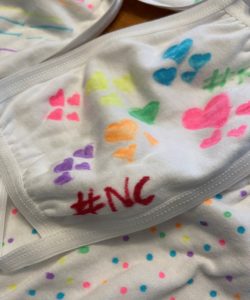
 It’s important to have effective morning routines so children get off to school without stress. Older children can help plan their routines.
It’s important to have effective morning routines so children get off to school without stress. Older children can help plan their routines. Independence Day, or July 4th, commemorates the day the American colonies declared independence from Great Britain in 1776. It is a day of celebration, relaxation and hopefully safe times with family and friends. Often, this day is focused on BBQs and fireworks. To learn more about the historical context, read on.
Independence Day, or July 4th, commemorates the day the American colonies declared independence from Great Britain in 1776. It is a day of celebration, relaxation and hopefully safe times with family and friends. Often, this day is focused on BBQs and fireworks. To learn more about the historical context, read on.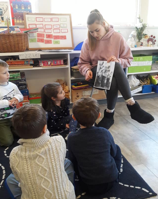
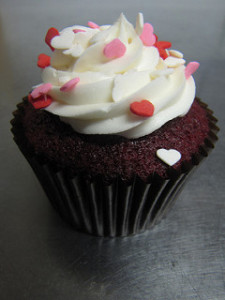 Valentine’s Day (February 14) is a time of love, friendship, giving, and caring. Americans use Valentine’s Day as an opportunity to tell friends and family how much they care. Children usually exchange cards at school.
Valentine’s Day (February 14) is a time of love, friendship, giving, and caring. Americans use Valentine’s Day as an opportunity to tell friends and family how much they care. Children usually exchange cards at school.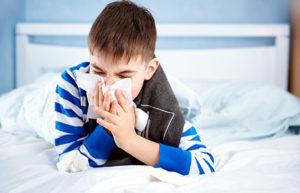 Sore throat and runny nose are usually the first signs of a cold, followed by coughing and sneezing. Most people recover in about 7-10 days. You can help reduce your risk of getting a cold: wash your hands often, avoid close contact with sick people, and don’t touch your face with unwashed hands.
Sore throat and runny nose are usually the first signs of a cold, followed by coughing and sneezing. Most people recover in about 7-10 days. You can help reduce your risk of getting a cold: wash your hands often, avoid close contact with sick people, and don’t touch your face with unwashed hands.

 Summer is coming, so it is an important time to talk about the specific safety issues of the season:
Summer is coming, so it is an important time to talk about the specific safety issues of the season: